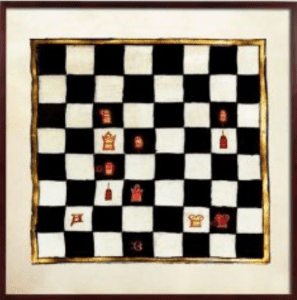
One area that is relatively poorly understood by the average club player is the strategic endgame. Here he is often outplayed by experienced opponents or misses out on a winning advantage. Strategic endgames are the wide range of positions that lie between the late middlegame and the technical endgame. The fact that many middlegame principles are still valid but have to be adapted to the reduced material is problematic. There are also new rules that only apply to the strategic endgame.
What are the benefits of studying strategic endgames?
1. Frequency
In contrast to technical endgames, strategic endgames appear very frequently on the board. Often the phase of technical endgames is not reached at all, or if it is, then with an overwhelming preponderance of one party.
2. Learning Efficiency
Technical endgames place a high demand on the memory, as there are many key positions with the corresponding maneuvers to learn. Strategic endgames, on the other hand, are governed by principles. Once you have internalized these, you can rely to a large extent on your instincts.
3. Utility
When we deal with neglected areas of knowledge, there is a high benefit of learning. In contrast to areas we know well, where we are moving on the level of details, we can still make great progress here by incorporating elementary knowledge.
4. Relevance for the openg repertoire
Openings with long-lived pawn structures often lead to typical strategic endgames. As these appear on the board with great regularity, it is worth studying them intensively.
Aim of the seminar
I have analyzed 32 principles for strategic endgames, which are conveyed to the participant. As a result, he will have a good feeling for this phase of the game and be able to make good intuitive decisions.